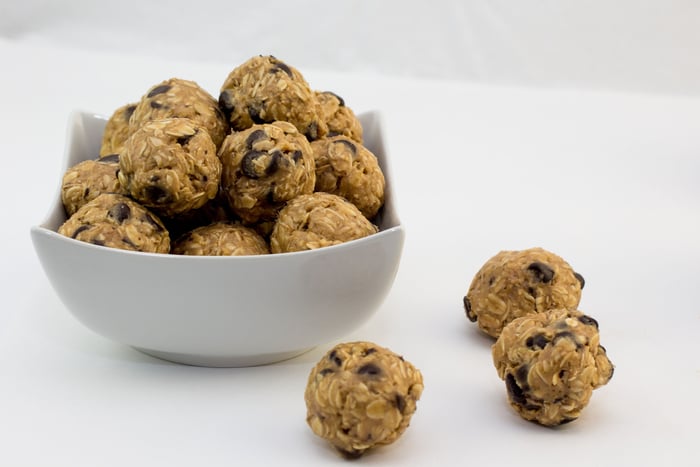
These energy bites are no bake, super easy to make and take less than 10 minutes to put together. Loaded with protein, fiber and healthy fats to keep you full and loaded with energy throughout the day. Made with only 5 ingredients: peanut butter (you can also use almond butter!), old fashioned oats, flax seed, honey and chocolate chips. Everything gets combined in one bowl.
The best thing about this recipe is that it is super versatile. If you do not have flax seed on hand substitute with wheat germ. Try dark chocolate chips instead of semi-sweet. Add in shredded coconut, cranberries, or cocoa powder.
These Peanut Butter Energy Bites could easily pass as dessert. They are the perfect mix between a granola bar and cookie dough. Great to curb the afternoon munchies and the dreaded mid afternoon energy slump.
You can even freeze these Peanut Butter Bites if you don’t eat them all within a week.
INGREDIENTS
- 2/3 cup creamy peanut butter
- ½ cup semi-sweet chocolate chips
- 1 cup old fashioned oats
- ½ cup ground flax seeds
- 2 tablespoons honey
INSTRUCTIONS
- Combine all 5 ingredients in a medium bowl. Stir to combine. Place in the refrigerator for 15-30 minutes so they are easier to roll.
- Roll into 12 bites and store in the fridge for up to a week.
Topics: Healthy Recipes
Stretching vs. Foam Rolling: What is The Difference?

I know it is tough to find time to exercise, let alone another 10 minutes to stretch or foam roll before or after you work out. But you can reap real benefits from any type of dynamic warm up before, and muscle lengthening after exercise. Foam rollers can be used at home or at the gym.
Stretching vs. Foam Rolling
Before your workout, it is important to warm up your muscles. Research now shows that static stretches (where you extend a muscle to the end of its range of motion and hold) should only be done after you complete your activity. To warm up, you should do dynamic stretches (continuous movement where the muscle goes through the full range of motion). After a workout, static stretches help to lengthen muscle and improve flexibility.
Foam rolling is a self-myofascial release (SMR) technique that focuses on loosening and breaking up tension in the fascia as well as releasing muscle tightness. It is similar to getting a massage, just in this case you are your own massage therapist. The foam roller will never completely replace a therapist’s hands, but it serves as a great alternative and can be done anytime.
Three Benefits to Stretching and Foam Rolling
1.Increased Blood Flow
As part of a warm up, foam rollers should be used first thing to get the blood flowing to your muscles (which helps reduce the possibility of injury). This can also be done with dynamic stretching. After your workout, foam rollers help flush out the blood that has pooled in the working muscles and allows fresh nutrients and oxygen to come in and begin the healing process (which helps to reduce soreness).
2. Increased Flexibility and Range of Motion
A study published in the Journal of Sports Rehabilitation found that when combined with static stretching, foam rolling can lead to impressive flexibility improvements. Increased flexibility helps to limit soreness and prevent injuries.
3. Relieve Pain
Foam rollers can work out muscle tightness, soreness or any knots you may feel in your muscles. While rolling these spots you may experience some discomfort. It should not be unbearable though, and when you are done it should feel better. Releasing these muscle knots and tightness helps to return your muscles elasticity and reestablish proper movement patterns along with making movement pain free.
All three of these benefits help prevent injury and decrease recovery time after a workout. Which means you can keep up with your workouts so you will see results faster! Pair foam rolling with static stretching (in that order) after your activity for best results.
Are you ready to roll? Here are four moves to get you started:
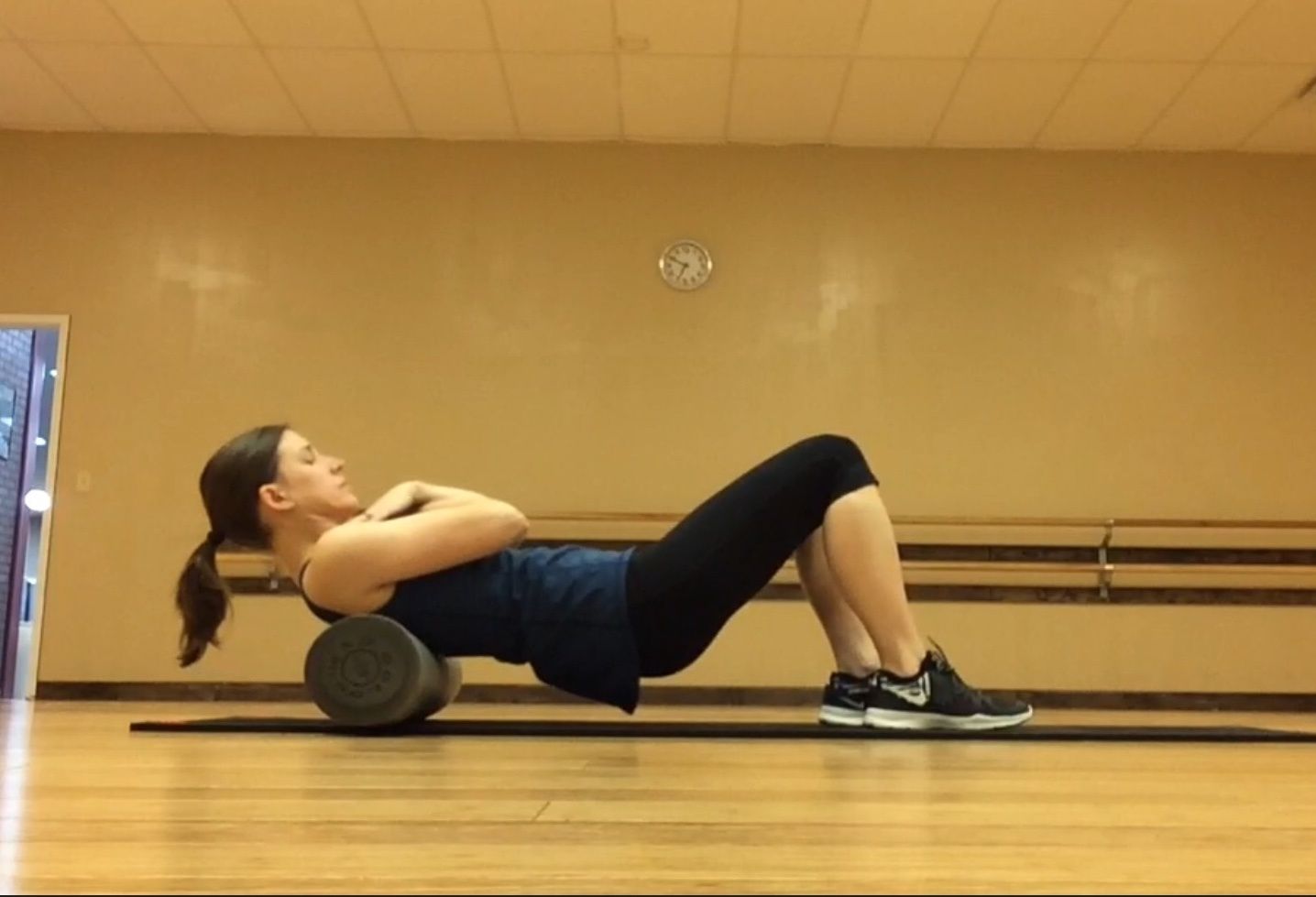
Upper Back Roll
Lie down with your back on the floor. Place a foam roller underneath your upper back and cross your arms in front of you or behind your head, protracting your shoulder blades. Raise your hips off of the ground, placing your weight onto the roller. Shift your weight to one side, rolling the upper to mid back. Alternate sides.
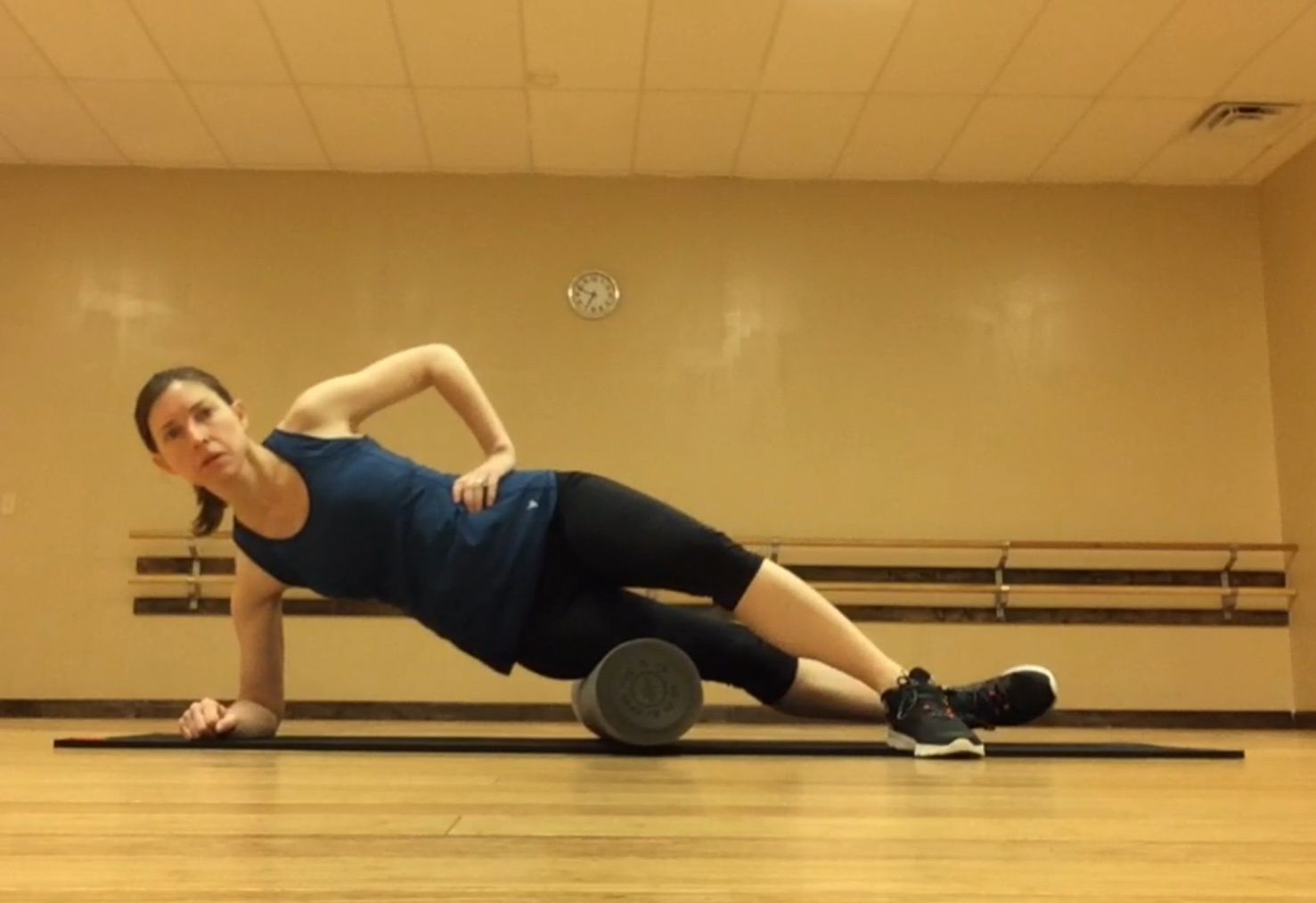
IT Band Roll
Lie on your side with bottom leg placed onto a foam roller between the hip and the knee and top leg crossed in front of you. Place as much of your weight as is tolerable onto your bottom leg. Roll your leg over the foam from your hip to your knee. Repeat on opposite leg.
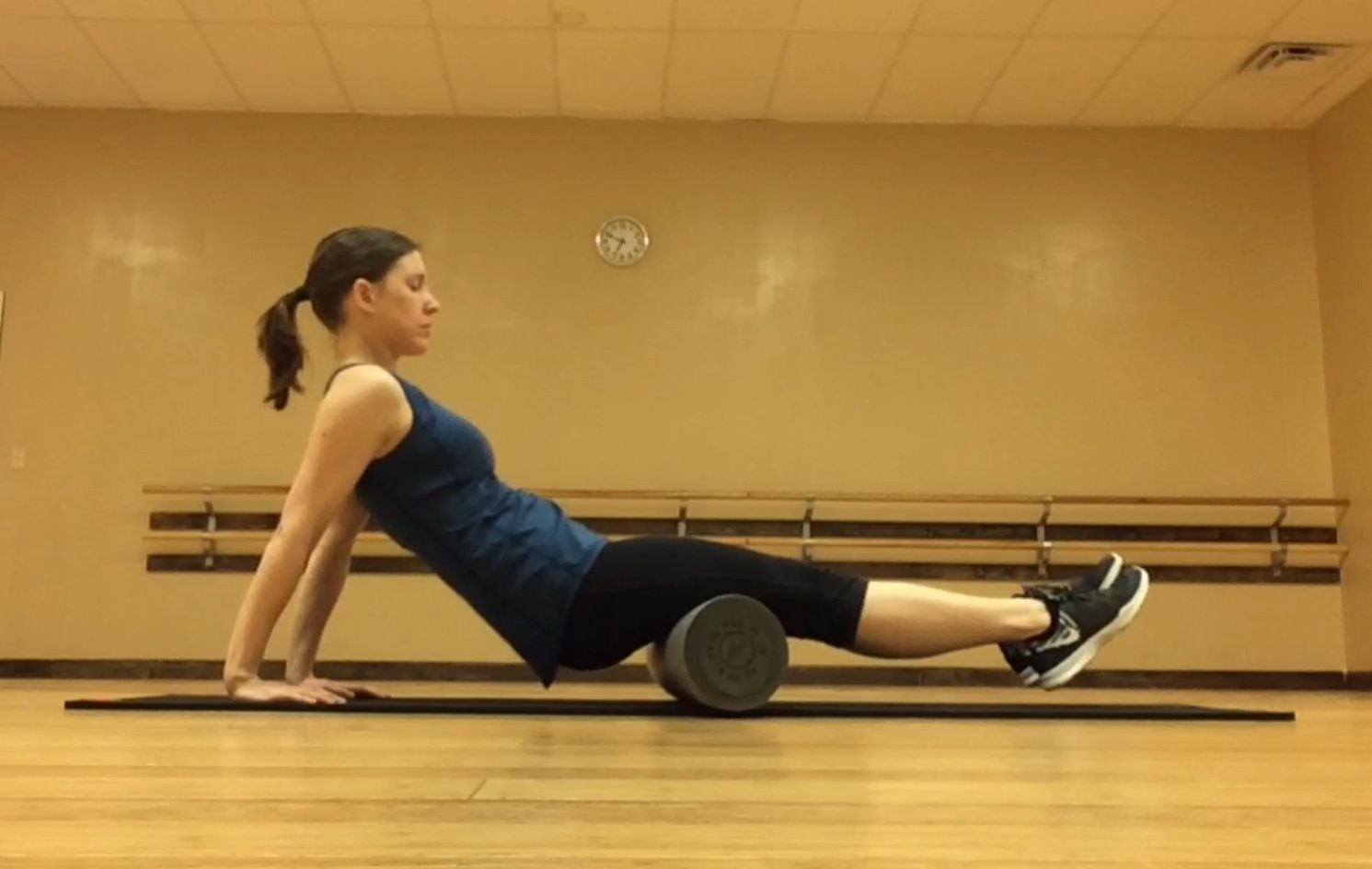
Hamstrings Roll
Sit and extend your legs over a foam roller so that it is on the back of your upper legs. Place your hands behind you and lift your hips off of the floor. Roll from below the hip to above the back of the knee.
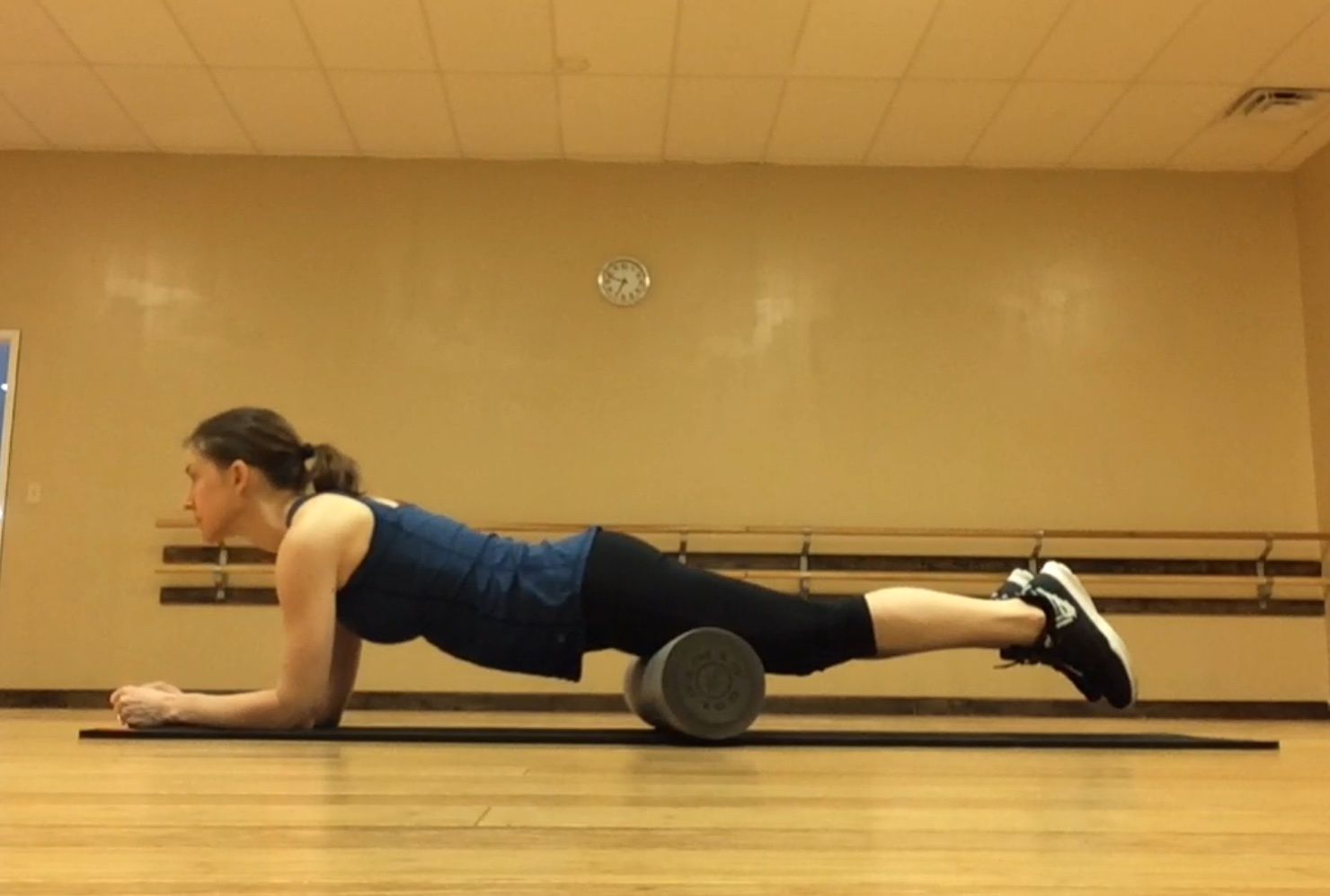
Quadriceps Roll
Lie face-down on the floor with your weight supported by your hands or forearms. Place a foam roller underneath your thighs. Roll from above the knee to below the hip.
Note: When dealing with injuries or joints and muscles that are particularly painful, consult your physician prior to implementing a new workout, stretch or foam roll.
Find great stretching classes that LivRite offers.
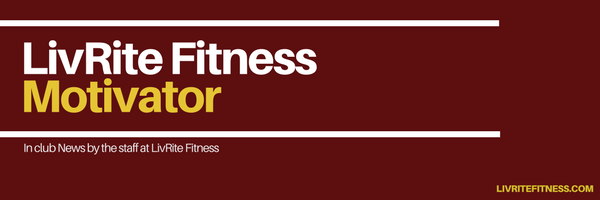
When you started your exercise program, whether to lose weight or improve your overall health, your enthusiasm and motivation were high. Even though exercise wasn’t the most exciting activity you had experienced, you began feeling better and seeing results from your hard work. You managed to get yourself out of bed early, to squeeze in a little gym time each day, and stick to your plan without much effort.
But then slowly, all of it began to wear off. You started finding reasons to sleep in and found “better” things to do with your time. Then before you realized it, you had missed a whole week and your drive to continue was missing.
Is this common scenario just another motivation issue? Probably not. Could something else be getting in the way of the excitement and effectiveness of your previously-rewarding workouts? The answer is yes!
Luckily, you can learn to identify the signs that it’s time to shake-up your workout routine so you can remain consistent and enthusiastic about exercise. Here are four of the most common signs it''s time to change your workout routine and what you can do to get back on track!
Top 4 Signs Your Workout Isn’t Working
1. YOUR WORKOUT IS NO LONGER CHALLENGING.

Running a 10-minute mile, for example, becomes easier as time goes on. If your workouts aren't challenging you anymore, it can be helpful to wear a heart rate monitor.
Your heart rate will change over time as you become more fit. By using a heart rate monitor, you'll know to change up or intensify your routine, and ensure that you're working in your target heart rate zone.
Challenging your body improves your fitness level and can also provide a sense of accomplishment as you become stronger and work toward your goals. Get a MYZONE heart rate belt today and save $50.00.
2. Your workout isn’t giving you results anymore.
Someone who does the same activity all the time is likely to plateau much sooner than someone who varies his/her workouts. Just as you can get bored by always doing the same exercises, your body can also adapt to these exercises so that they don’t offer the same benefits that they once did.
A little variety might be just the thing you need to get the scale moving again or bust through that strength plateau. “Variety” means either changing something about your current routine (adding speed, distance, hills, resistance, etc.) or trying a totally different activity.
If you like some consistency and don’t want to change your workout each time you hit the gym, change your routine at least every 4-8 weeks (this includes incorporating changes to both your cardio and strength training exercises). This will keep your muscles challenged, your body guessing, and the results coming!
3. Your workout leaves you more tired and sore than before
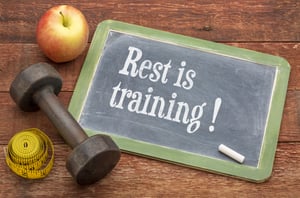
Exercise should give you more energy, not leave you feeling rundown. If you're feeling overly tired or perpetually sore, you could be overtraining. Your body needs time for rest and recovery. It is during this down time that you build strength and endurance by allowing your muscles to rebuild and repair.
If you don't give your body ample recovery time, you'll become weaker instead of stronger. If you have been overtraining, your first priority should be rest. You might need up to a week off to recharge mentally and physically.
Once you are feeling better, start back slowly. Reevaluate your workout program and find ways to make changes that will prevent this from happening again.
4. YOUR WORKOUT BORES YOU.

You used to like walking on the treadmill, so why do you dread your workout each day? It’s easy to get bored if you sick with the same routine for too long.
Sometimes it helps to add variety to your walks. For example, try adding speed intervals, putting new music on your phone or bringing a friend along. If all of that isn’t enough, then maybe it’s time to try a new activity.
Perhaps you’ve always wanted to work with a personal trainer or are interested in trying a class at your gym. LivRite Fitness offers a wide variety of workout classes to try. Find your class and try one out today!
Change can help keep your workouts fun and interesting, giving you something to look forward to. And this is exactly what will keep you coming back for more.
Changing your workout routine whenever these signs arise will help keep your motivation high as you work to improve your fitness level. The key is to pay close attention to how you're feeling both physically and mentally.
Exercise shouldn't be a chore that you dread, but something that makes you feel good about yourself!
Topics: LivRite News
SEATED DUMBBELL SHOULDER PRESS
The seated dumbbell shoulder press is a free weights exercise that primarily targets the shoulders and to a lesser degree also targets the chest and triceps.
The only equipment that you really need is the following: dumbbells and incline bench.
Step 1: Grab a pair of dumbbells and sit down on a upright bench (90-degrees). Rest dumbbells on your thighs.
Step 2: Begin exercise by bringing the dumbbells up to your shoulders... This can be done by quickly raising one leg at a time to assist in getting the dumbbells up to your shoulders (Do not try to just raise them up with just your arms).
Step 3: Dumbbells should now be just above your shoulders with palms facing forward and elbows perpendicular to the floor.
Step 4: Now, start exercise by taking a deep breath and then exhaling as you push dumbbells straight up above your head. Pause, then lower weight back down to shoulders and repeat.
Step 5: Repeat for 3-4 sets of 10-12 repetitions.
Looking for more great shoulder workouts? Check out our shoulder workouts exercise library.
Need help getting started? Our highly trained and certified staff would love to help you reach your goals. Click on the link below to request a trainer. Don't wait, start today!
Topics: Workouts
PLATE FRONT RAISEs INTO MARIO KARTS
Plate front raises into Mario Karts are an effective free weights exercise that primarily targets the shoulders and to a lesser degree also targets the middle back and triceps.
The only equipment that you really need for this exercise is the following: weight plates
Step 1: Grab a plate and stand upright with your feet shoulder width apart.
Step 2: Raise the plate up in front of your face
Step 3: Turn the plate from left to right
Step 4: Bring the plate back down to the starting position
Step 5: This completes one repetition
Step 6: Repeat for 3-4 sets of 10-12 repetitions.
Looking for more great shoulder workouts? Check out our shoulder workouts exercise library.
Need help getting started? Our highly trained and certified staff would love to help you reach your goals. Click on the link below to request a trainer. Don't wait, start today!
Topics: Workouts




